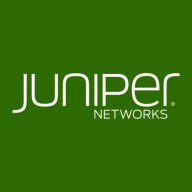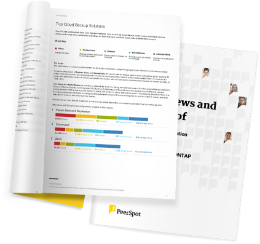You can carry on a project without any consultation. Since the VxRail solution is experiencing significant growth and demand, integrating Dell PowerConnect switches becomes crucial. This integration enhances the VxRail server by offering three distinct solutions. Thus, this gives Dell PowerConnect an edge over Cisco. If you want to connect your virtualized environment and networks to your physical environment and users. In that case, Dell PowerConnect Switches, with VxRail, is the best choice for integrating such features into the hypervisor environment. This product is mainly targeted to virtualization environments. Therefore, Dell has considered this product's scalability, reliability, and robustness. If someone wants the server with VxRail as a free solution, I recommend going with the Dell PowerConnect. Overall, I rate the solution an eight out of ten.

![Dell PowerConnect Switches [EOL] Logo](https://images.peerspot.com/image/upload/c_scale,dpr_3.0,f_auto,q_100,w_64/nb70b5ansummme9cc5q5ymwyalbv.png)



